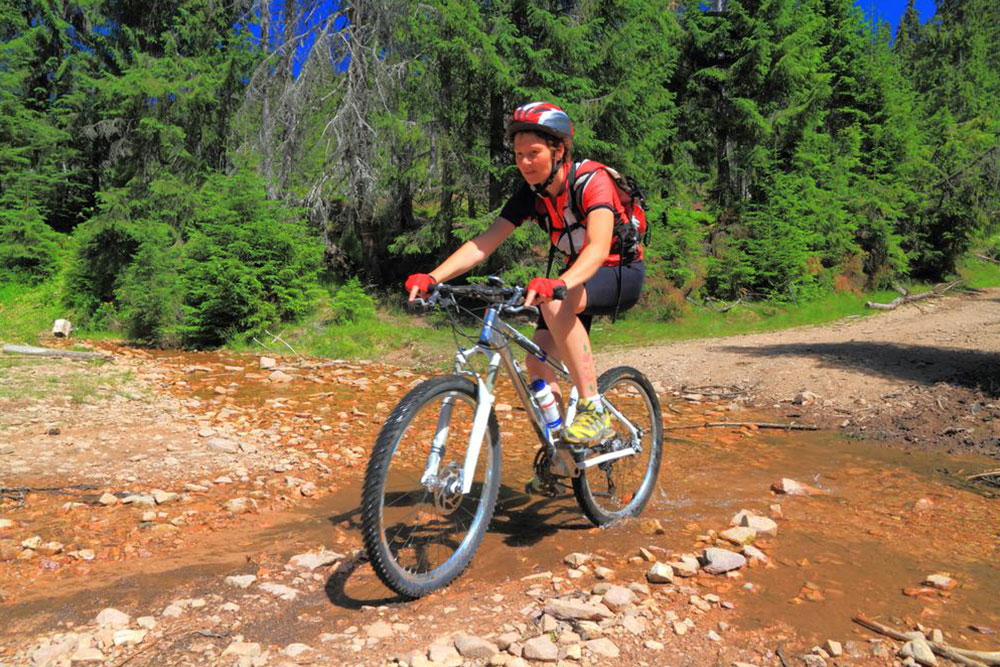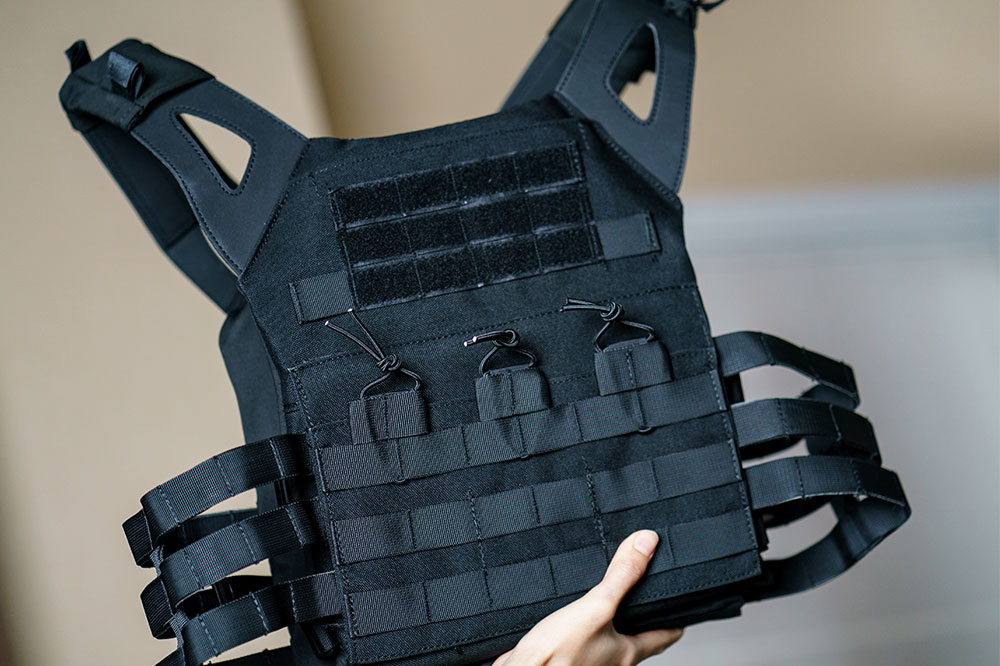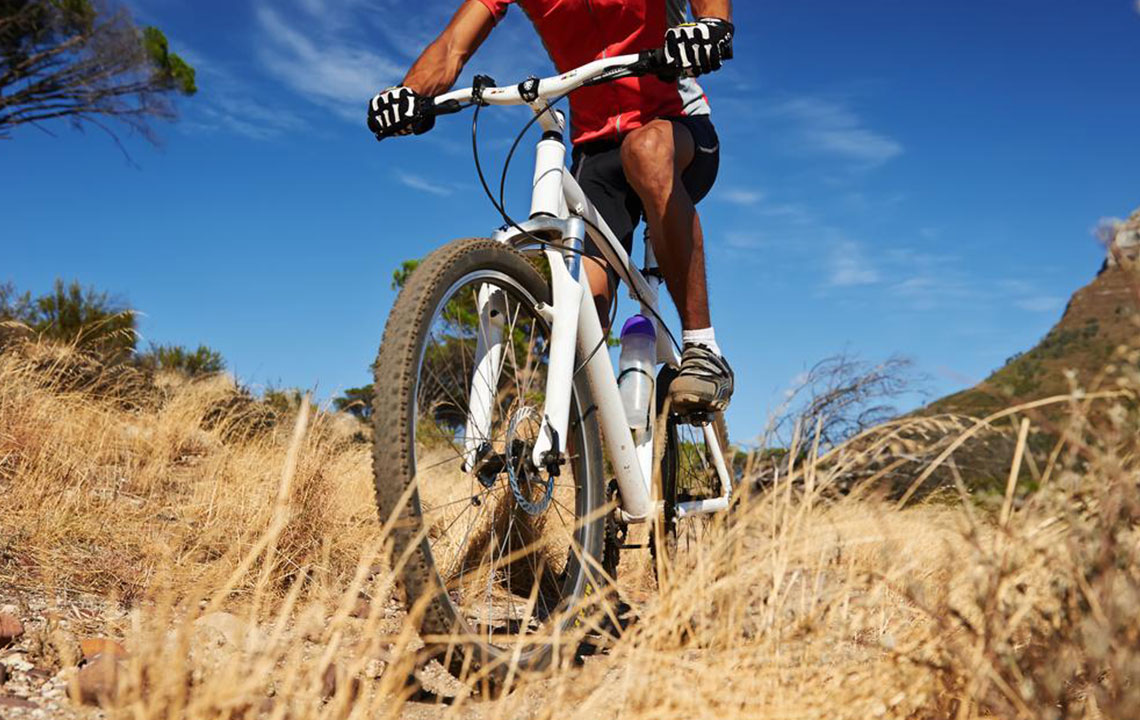Comprehensive Guide to Essential Gear and Apparel for Mountain Biking Enthusiasts
Preparing for mountain biking adventures requires the right gear and clothing. Layered outfits, protective gloves, and proper helmets are essential for safety, comfort, and riding efficiency across various terrains and weather conditions. This comprehensive guide offers tips on selecting suitable apparel and protective gear, ensuring a safer and more enjoyable experience on rugged trails for riders of all skill levels.

Comprehensive Guide to Essential Gear and Apparel for Mountain Biking Enthusiasts
Embarking on a mountain biking adventure requires more than just a sturdy bike and a sense of adventure; the right gear and clothing are fundamental to ensuring safety, comfort, and performance. Your choice of apparel can significantly influence your riding experience, especially on challenging terrains and in varying weather conditions. Whether you are a seasoned rider or a beginner exploring rugged trails, understanding what gear to wear and why it matters can make all the difference. Proper attire not only enhances your riding efficiency but also helps prevent injuries and keeps you comfortable throughout your journey.
Choosing the Right Layered Clothing for Mountain Biking
Layered clothing strategies are vital for adapting to fluctuating weather conditions and terrain difficulties. During colder seasons, layering enables riders to stay warm without overheating. For instance, thermal base layers wick moisture away from the skin, keeping you dry and warm. Mid-layers like fleece or insulated jackets provide added warmth, and waterproof or windproof outer shells protect against the elements. Arm and leg warmers are indispensable accessories for winter rides, allowing cyclists to adjust their warmth levels easily and prevent extremity coldness. Wearing thermal socks and waterproof shoe covers maintains foot warmth and dryness, which is crucial for controlling overall body temperature and preventing frostbite in cold weather.
Comfortable Shorts and Breathable Jerseys for Optimal Ride Experience
Choosing the right shorts and jerseys can greatly influence your comfort and performance during mountain biking. Shorts designed specifically for cycling feature a snug or relaxed fit, made from lightweight, moisture-wicking fabrics that allow free movement and rapid sweat evaporation. These options suit various riding styles, from cross-country to aggressive trail riding. Jerseys should complement shorts with quick-drying properties and breathability to prevent overheating and chafing. Many are equipped with ventilation panels or mesh inserts to improve airflow. The fabrics used in these garments are also easy to wash and maintain, making them a practical choice for frequent rides. Proper fitting and fabric choice enhance comfort, reduce fatigue, and promote overall enjoyment on tough trails.
Protective Gloves for Hand Safety and Control
High-quality gloves are essential for mountain bikers, offering both protection and enhanced grip. Padded gloves help absorb shocks from rough terrains, reducing hand fatigue and minimizing joint stress. Full-finger options provide additional protection against cuts, abrasions, and cold weather, making them suitable for diverse conditions. Gloves come in various sizes, padding densities, and fitting styles, allowing riders to select the best option for their needs. For more demanding trails, gloves reinforced with knuckle armor and additional padding provide extra safety and durability. A good pair of gloves improves control and confidence, especially during technical sections or downhill descents.
Essential Helmets for Keeping Your Head Safe
Nothing is more important than head protection when mountain biking. Helmets designed specifically for mountain biking provide superior coverage with extended protection at the back and sides of the head. Ventilation is key to preventing overheating during intense rides, so choosing a helmet with multiple airflow channels enhances comfort. Full-face helmets are recommended for downhill and aggressive riding, offering maximum safety against impacts. Proper fit is crucial—helmets should sit snugly without causing discomfort and meet safety standards. Always check the helmet’s integrity and adjust straps before hitting the trail, particularly for beginners who are still mastering control over their bikes. Investing in a high-quality helmet can prevent serious injuries and give you confidence in tackling tough terrains.




